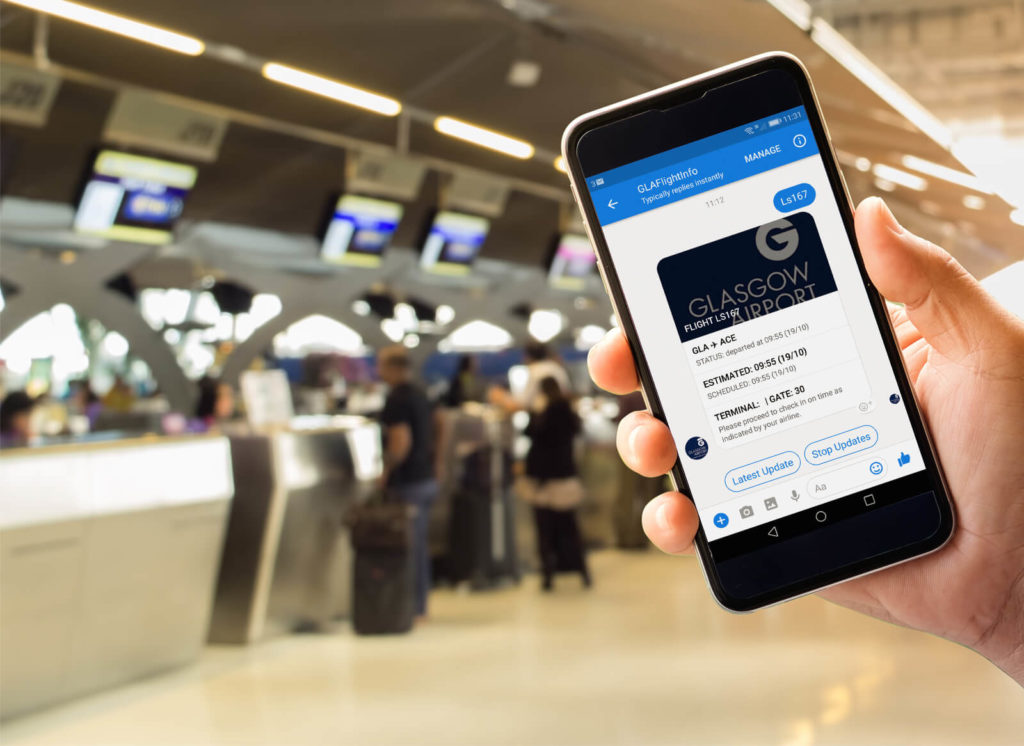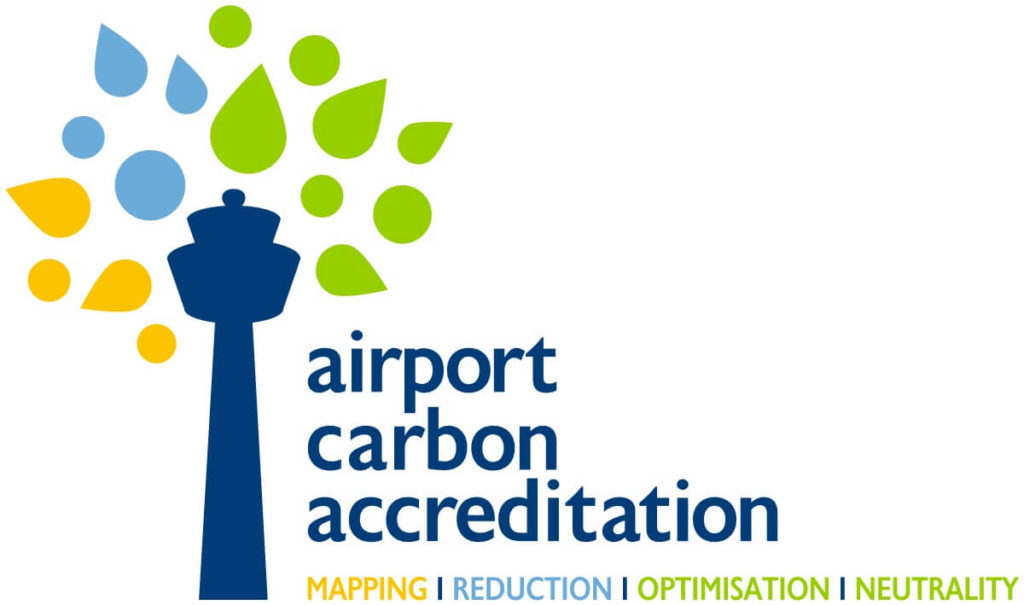
Is your airport meeting passenger demand? As technology and service standards increase exponentially year after year, passenger expectations become higher and harder to meet. If airports fail to invest time and effort to uncover and develop ways to meet those demands, they risk falling behind.
With recent statistics showing that over 4 billion passengers flew in 2017 (with an increase of 7.9% in international passenger markets since the previous year), it’s never been more important to ensure your passengers needs are met.
If you’re not catering to the needs of your passengers, you could end up losing them to your competitors. Rather than risk negative reviews—discouraging future passengers from using your airport—check out our 5 rising trends in passenger demand and consider which areas you could improve in your airport.
1. Artificial Intelligence
Artificial intelligence is becoming a major trend across many industries, and airports are no exception. When correctly implemented, it has the power to revolutionise passenger experience, and many major airports are already bringing these new technologies onboard.
AI assistants are proving particularly popular. As long as the airport can generate enough trust in the system to ensure passenger engagement, the AI can perform repetitive tasks such as passenger enquiries, show ticket availability and respond to voice commands. This not only provides customers with fast, convenient access to an information source from multiple points within the airport, but also frees up valuable human resources to spend on more “mission critical” tasks.

Air New Zealands “AI Assistant”, Sophie
To provide real world examples, Air New Zealand has set up a digital assistant named “Sophie”, while Frankfurt Airport has adopted “Franky” as their AI customer service rep.
Virtual assistants are just the tip of the iceberg for AI, however. The implications of this technology are far reaching. For example, BizTweet uses artificial intelligence and to deliver real time, personalised communications to passengers at scale. This technology allows airports including Sydney, Dubai and London City to increase customer satisfaction while also generating non-aeronautical revenue opportunities. You can learn more here.
2. Biometrics
Queues have always been a frustrating issue for passengers, whether it’s at restaurants, the post office or in the airport. We simply hate to wait. But thanks to Biometrics, those “endless” security queues could soon be a thing of the past.
For example, allowing passengers to scan their boarding card, face image and passport at check in, they’re able to skip through control points by looking into a camera for face recognition. Brisbane airport is currently trialing such a biometric check-in system, and it’s proving effective at speeding up the check in process. And of course, less waiting means happier passengers.
With the number of passengers set to double over the next 20 years from the 3.8 billion who took to the skies in 2016, any investment in speeding up waiting times is worth investigating. Biometrics may be the answer. It’s even speculated that biometrics could eventually replace all travel documents completely, but at this stage it’s really too early to tell.

Meeting passenger demand with automated flight updates
3. Automated Flight Updates
An important trend you should incorporate into your airport satisfaction arsenal is flight updates. At the most basic level, you should be providing your passengers with flight updates directly to their mobiles.
With a bit of extra set up, you could be sending personalized updates to passengers, including commercial offers and other non-flight related updates and announcements. If you want to really dial up the satisfaction-factor, you can incorporate automation and AI to deliver a truly personalised experience, and even offer service in multiple languages.
This is exactly the kind of technology BizTweet has helped airports around the world install, with positive results.
4. Robotics
Arguably one of the most exciting and “talked about” trends on the list is the use of self-service and robotics. Amsterdam Schiphol Airport has already incorporated robots to help with baggage handling, while Dusseldorf airport provides an automated, robotic car parking service to improve customer experience as soon as passengers arrive at the airport.
There are also robotic assistants in use at airport terminals, in the form of robot customer service assistants. Japan Airlines, EVA Air and Glasgow Airport have all started to offer robot assistants.
The technology is exciting, but it is still in the trial process. If you’re considering bringing in robotics, move with caution, but also be excited that you’re one of the earliest pioneers of this exciting technology.
5. Environmental Responsibility
Passengers are becoming more concerned with protecting the environment, particularly paying attention to how much the products and services they use affect their carbon footprint. Many people want to “do their part” while also reduce guilt that their lifestyle may be contributing to climate change.
This means they’re paying closer attention to just how environmentally friendly the airports and related services they use are. In order to stay ahead of the trend, many airports aspire to reduce carbon emissions and qualify for Airport Carbon Accreditation.

Airport Carbon Accreditation Has 4 Levels: Mapping, Reduction, Optimisation & Neutrality
Airport Carbon Accreditation has 4 different levels: Mapping, Reduction, Optimisation and Neutrality. Airports that achieve accreditation will not only be more popular with passengers, but also have the opportunity to create positive PR and news stories around their efforts to affect positive change.
To give some ideas of the steps that can be taken, Boston Logan International Airport is considered one of the most environmentally friendly airports in the World. The roofing and pavements within the airport reflect heat from the airport building, while they also have low-flow bathroom fixtures that are designed to save water. We don’t suggest you embark on a complete overhaul of your airport’s infrastructure, but a few steps towards a “green initiative” in your airport could be just enough to raise public opinion about your airport.
In Summary
The above are 5 of the biggest trends in passenger demand that airports should try to meet in order to increase passenger satisfaction. It’s hard to take on so many big changes at once, so it’s best to start with an area that you are most comfortable with, or that you feel will have the biggest impact.
BizTweet offers innovative messenger technology to improve customer satisfaction and loyalty while also generating revenue opportunities. If you’d like to know more about how we can help your airport, please contact us today.




